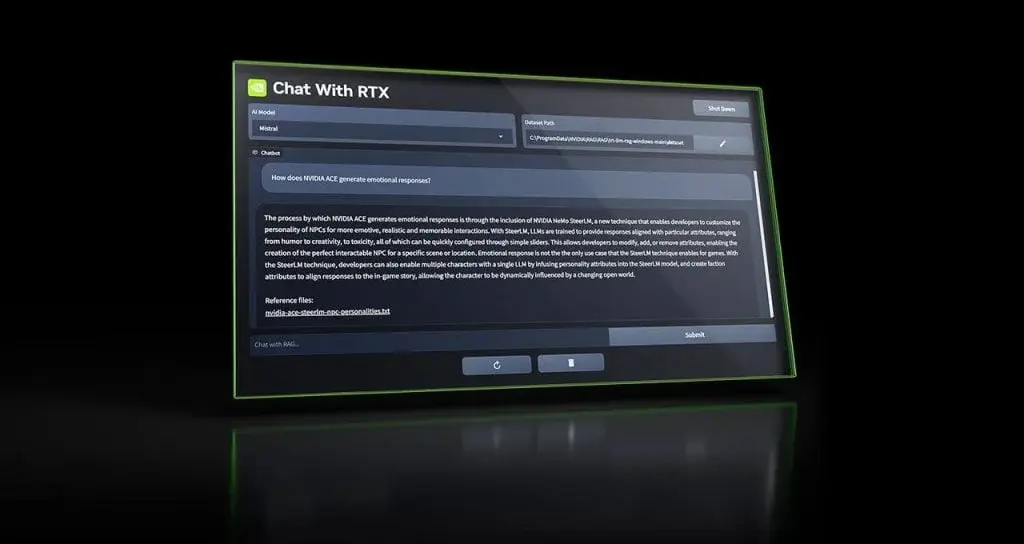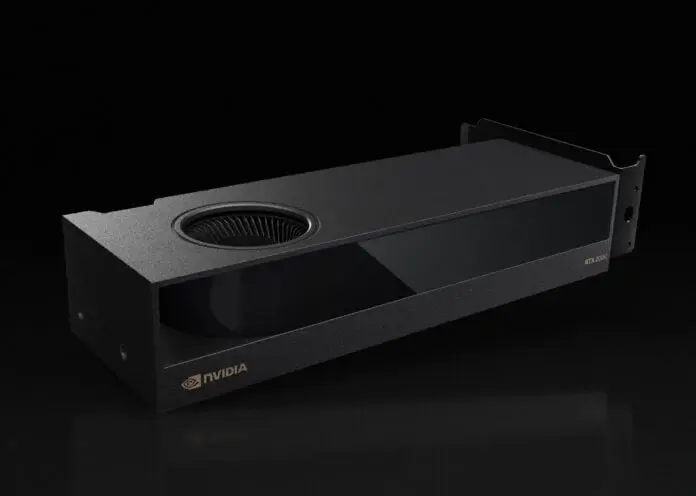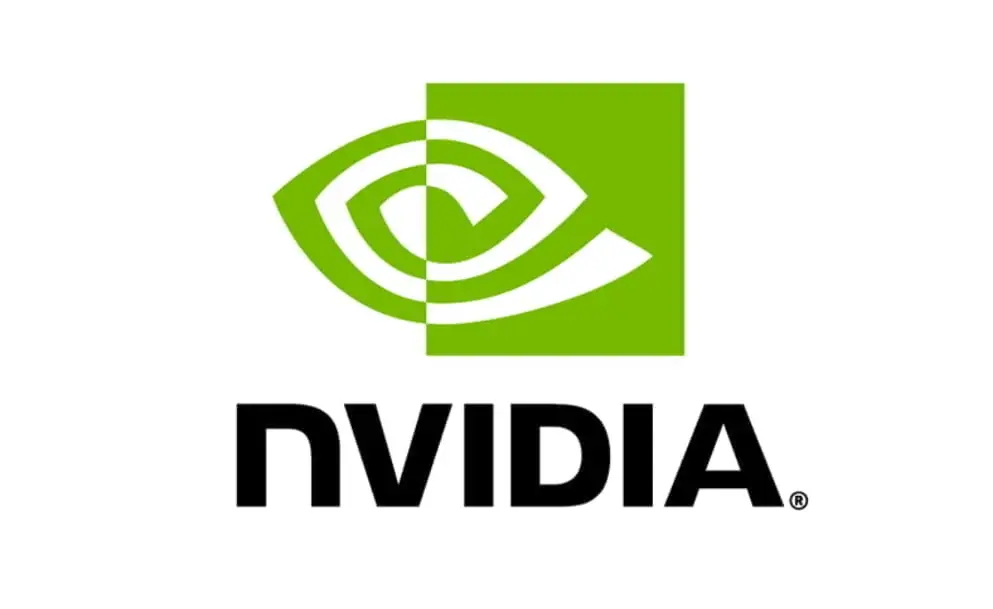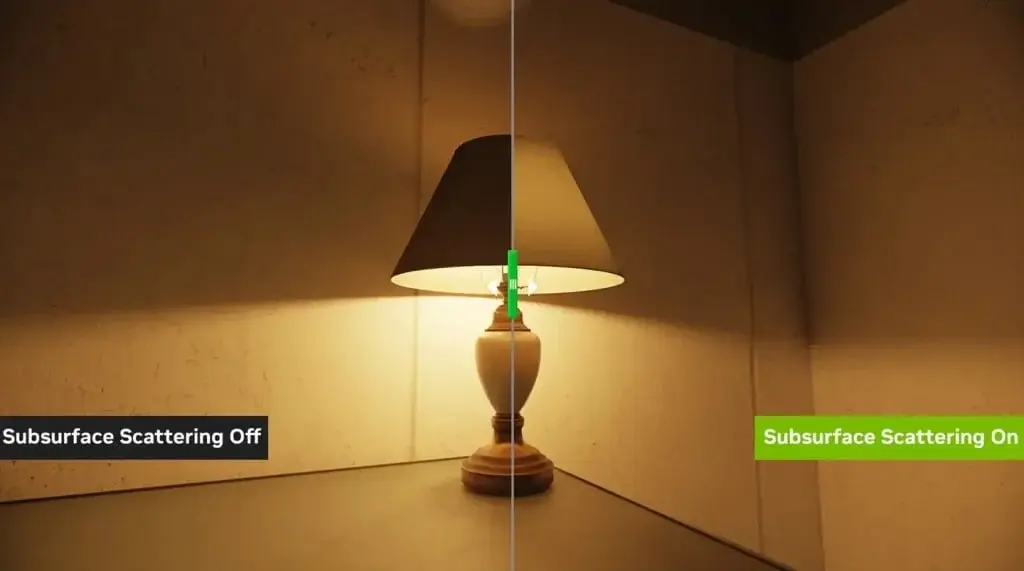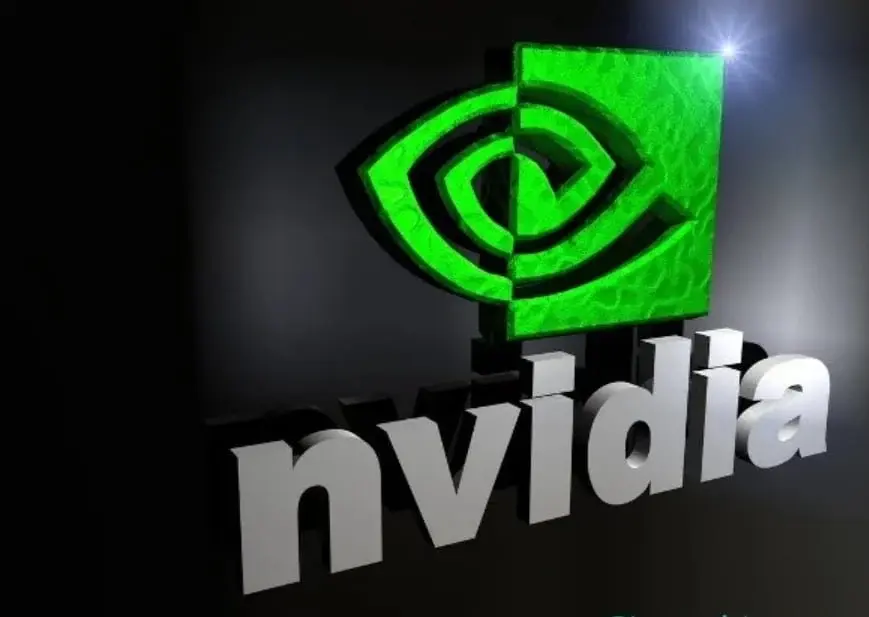After the recent 7.5-magnitude earthquake near Taiwan, concerns have arisen about potential disruptions to the global chip supply chain. Taiwan plays a significant role in semiconductor manufacturing, leading to speculations about the status of semiconductor factories post-earthquake. However, NVIDIA, a prominent player in the AI industry, has reassured stakeholders that its chip supply remains unaffected.
NVIDIA Confirms Unharmed Chip Supply
US-based NVIDIA, a company heavily dependent on Taiwan Semiconductor Manufacturing Co. (TSMC) for chip production, has stated that the earthquake did not impact its supply chain in Taiwan. TSMC, known for producing chips for tech giants like Apple, AMD, Qualcomm, and NVIDIA, has reported no damage to crucial chip-making equipment, including the Extreme Ultraviolet Lithography machines.
Despite some tools being affected at specific TSMC facilities, the core machinery remains unscathed. As a precautionary measure, TSMC temporarily evacuated certain production facilities to ensure employee safety. However, operations resumed at 70-80% capacity within just 10 hours after the earthquake.
TSMC's Preparedness and Resilience
TSMC attributes its quick operational recovery to preparedness for such incidents. Utilizing building dampers and conducting regular earthquake drills, TSMC mitigates seismic activity's impact on semiconductor production.
Semiconductor manufacturing demands precise, uninterrupted processes in controlled settings. Even minor disruptions can lead to significant losses, such as discarding entire silicon wafers. TSMC's earthquake readiness and protective measures have proven vital in safeguarding its production line.
Importance of TSMC to NVIDIA
TSMC serves as NVIDIA's primary chip manufacturer, providing cutting-edge semiconductor technology. NVIDIA relies on TSMC's advanced manufacturing processes for high-performance GPUs, including the latest Blackwell architecture models.
The collaboration between NVIDIA and TSMC ensures efficient chip designs and supply. Beyond GPUs, TSMC contributes essential semiconductor technologies crucial for NVIDIA's products. This partnership guarantees a dependable chip supply, essential for meeting market demands and sustaining NVIDIA's competitive edge.
TSMC holds the largest global market share in chip manufacturing. Any disruption to TSMC would not only impact NVIDIA but also other top AI and tech firms, potentially disrupting their chip production and supply chains. Any threat to TSMC poses a concern for NVIDIA and the broader tech industry, potentially hampering global technological advancements.





